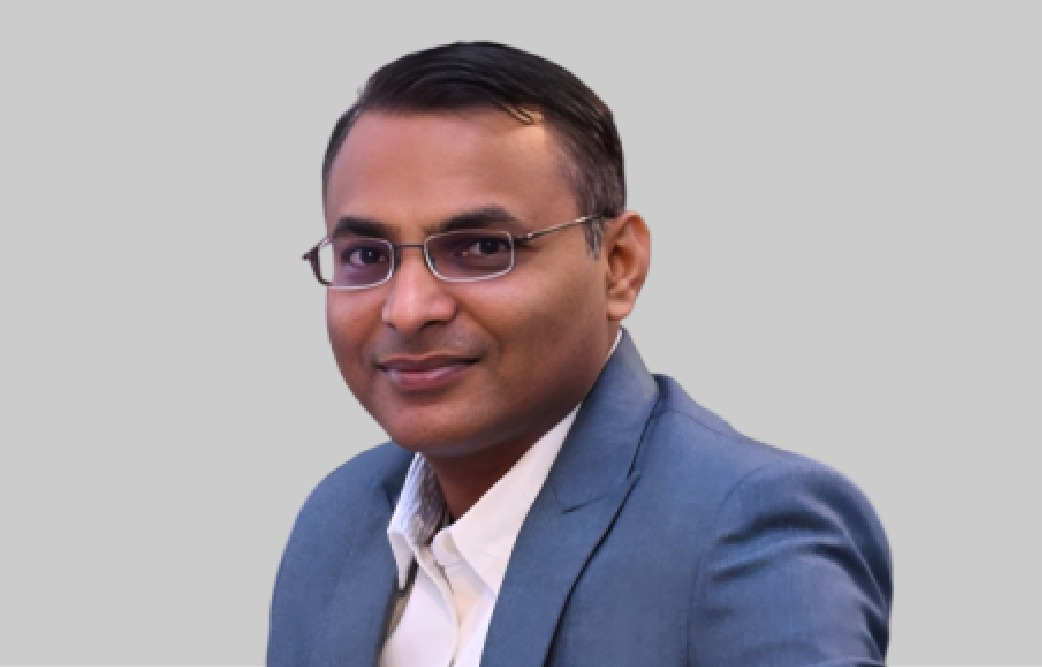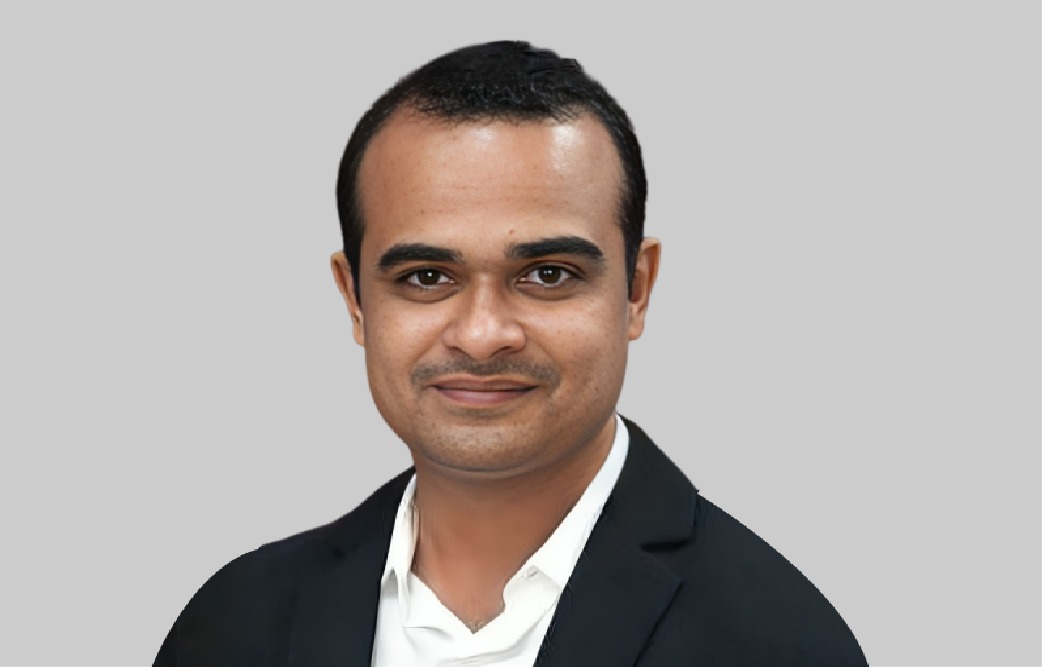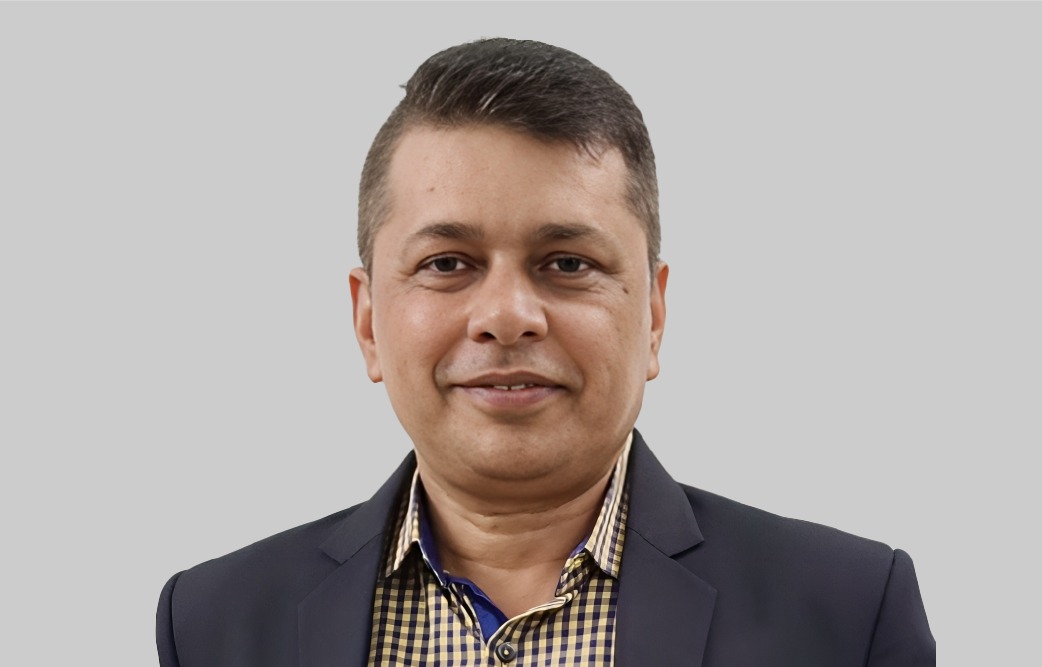Power grid learns to heal itself
By Staff Report July 25, 2025 6:00 pm IST
By Staff Report July 25, 2025 6:00 pm IST

Our power grid is undergoing a digital transformation, integrating AI-driven tools for real-time fault detection, isolation, and automated restoration, paving the way for a self-healing, smarter, and more resilient energy infrastructure.
Quotes:

Pankaj Kumar, Project Head – KwTL, Resonia Limited
“Today, digital dashboards are increasingly used to provide real-time, up-to-date insights for both project teams and senior management. These dashboards enhance visibility across project stages and aid faster decision-making.”
—

Manan Pathak, Senior Manager – New Technology Management, Gujarat Energy Research & Management Institute (GERMI)
“As renewable energy integration intensifies and the grid becomes more decentralised, self-healing grid capabilities will become increasingly important. These include real-time fault detection, isolation and automated restoration, the core elements of modern smart grid operations.”
—

Milind Solanki, Vice President- EY
“While traditional SCADA systems collect vast volumes of operational data, utilities are now exploring open-source and AI/ML-based tools that can mine SCADA logs to enhance situational awareness and improve decision-making. These tools are making it possible to derive greater value from existing infrastructure without waiting for full system upgrades.”
—

Sanjiv Prasad, Head- Power, Utilities & ETP – RIL DMD
“Upgrading EMS platforms to modern standards will require a combined skill set of electrical domain knowledge coupled with programming, embedded systems and digital interfaces. This integration of electronics into traditional electrical roles will be key to enabling smarter grid operations.”
————————————————–
The adoption of digital technologies in the country’s existing power sector has increased. This is evident in the fact that India has consistently met peak power demand and has recently achieved its 50 per cent renewable goal ahead of schedule. A major factor behind this performance is the strong transmission and distribution network. Recent initiatives, such as STELLER, the Energy Stack, and the National Unified Network Management System (N-UNMS), are expected to strengthen this digital infrastructure further. Boosting skill development and preparation for hybrid work is the industry’s emphasis.
EPR provides a comprehensive view of the emerging trends and the established domain of energy. We will hear from industry experts and gain valuable insights from them. Yes, as a nation, while much has been achieved, many critical goals remain.
Hybrid Transmission system for smarter grid operations
In the wake of a smarter and more resilient power grid, the concept of hybrid transmission systems is gaining momentum. These systems combine conventional grid infrastructure with digital technologies. This creates a platform that increases the monitoring, efficiency, and flexibility of the transmission system, which is necessary as the country integrates renewable energy sources and decentralised generation.
Speaking on the emerging concept, Manan Pathak from GERMI emphasises the important role of artificial intelligence (AI) and machine learning (ML) in facilitating smart grid functionalities such as accurate load forecasting. “As renewable energy integration intensifies and the grid becomes more decentralised, self-healing grid capabilities will become increasingly important. These include real-time fault detection, isolation and automated restoration, the core elements of modern smart grid operations,” Manan states.
A key component in this shift is the deployment of digital twin technologies. These technologies enable utilities to create virtual replicas of physical grid assets, such as substations and transformers. This facilitates simulation, predictive maintenance and fault detection. Transformer monitoring systems in compliance with IEC 61850 standards can be integrated with digital twin models. This can help continuously assess equipment health and predict failures before they occur. This, in turn, ultimately improves asset longevity and reduces unexpected outages.
Manan shares the importance of considering smaller-scale, decentralised solutions, such as Vehicle-to-Grid (V2G) systems and net metering for rooftop wind turbines. “These innovations align with India’s hybrid energy policy under the Ministry of New and Renewable Energy (MNRE), which enables consumers to become prosumers, thereby strengthening grid reliability and flexibility,” he says.
When considering the hybrid system, cybersecurity is a concern that must be integrated into the grid’s digital layer initially, rather than afterwards. Adherence to the Central Electricity Authority’s (CEA) cybersecurity guidelines must be non-negotiable. As grids become more connected, boosted by data, the risk of cyber threats increases exponentially. Hence, both physical and cyber layers must be strongly secured to ensure a resilient and reliable energy ecosystem.
Moreover, for the evolving structure, analytics play a crucial role, particularly in predictive and prescriptive maintenance. While analytics adoption in India is growing, it has yet to reach the maturity seen in regions like the Middle East. Elaborating on the perspective, Milind Solanki from EY states, “In the Middle East, utilities have successfully implemented Asset Performance Management (APM) solutions that leverage AI/ML algorithms to forecast asset failures with precision. The more granular the data collected, the more effective the analytics become, which helps utilities optimise operational efficiency, reduce maintenance costs and avoid unplanned outages.”For future grid modernisation in India, we follow a two-step approach. One which involves physical infrastructure augmentation by laying down hybrid transmission lines and upgrading substations. The other is the integration of advanced digital technologies, such as analytics, digital twins, and AI-driven asset monitoring.
A digitally connected, cybersecure and highly flexible grid will not only support a country’s low-carbon transition and net-zero ambitions but also ensure operational sustainability, cost efficiency and grid resilience. Hybrid transmission systems backed by smart technologies and unified network management will be central to achieving this vision.
Digitalisation in project execution
When we consider the current scenario, the last five to ten years have witnessed a significant digital shift in project execution, particularly through the deployment of project planning and risk management software. Explaining the current scenario, Pankaj Kumar from Resonia expresses that, “Today, digital dashboards are increasingly used to provide real-time up-to-date insights for both project teams and senior management. These dashboards enhance visibility across project stages and aid faster decision-making.”
In the coming years, the integration of AI and machine learning (ML) in project management is expected to become increasingly prominent. Predictive analytics would enable project teams to evaluate current project conditions and model various risk scenarios, guiding more informed and timely decisions. This AI-driven approach to planning and governance would accelerate responsiveness and improve overall efficiency across project lifecycles.
However, there are several emerging technology trends, such as one asset performance management (APM). India has been laying the groundwork for this by establishing foundational systems, such as SCADA. Now, upgrades are being pursued within the SCADA and Energy Management Systems (EMS) at Regional Load Dispatch Centres (RLDCs) that have reached the end of their lifecycle. These upgrades are being managed by a combination of Power Grid Corporation and Grid-India, with several RFPs already issued and vendors onboarded in regions such as the South and East. Other regions are expected to follow suit soon.
Additionally, a significant development is the utilisation of SCADA analytics. Milind comments, “While traditional SCADA systems collect vast volumes of operational data, utilities are now exploring open-source and AI/ML-based tools that can mine SCADA logs to enhance situational awareness and improve decision-making. These tools are making it possible to derive greater value from existing infrastructure without waiting for full system upgrades.”
With the onset of data analytics, cybersecurity is also emerging as a critical focus area. The Ministry of Power, CEA, CERT-In and NCIIPC are actively coordinating a nationwide effort to implement Cyber Security Operations Centres (Cyber SoCs) across utilities. The Power System Development Fund (PSDF) is providing financial support, and a centralised architecture has been agreed upon to standardise implementations. These SoCs will initially focus on monitoring IT systems, eventually expanding to encompass critical operational technology (OT) systems as well.
Additional technology adoptions, such as LTC automation, VAMS, and PMUs, are already underway in many states, further modernising the country’s transmission infrastructure.
Skill development is a must
For the power system to be smarter and more resilient, one of the major requirements is having a skilled workforce. This skilled workforce is necessary to keep pace with the latest developments in the sector and align with global trends. Ultimately enriching India’s energy paradigm.
Sanjeev Prasad from RIL has similar views. He opines, “When we speak about skill development, it is not just about acquiring technical know-how but building competencies that align with the evolving demands of the energy and utility sector.”
There is no dearth of data today; millions of data points are being captured through sensors, meters and other digital tools across the grid. However, India lags in analytics. The ability to derive actionable insights from historical and real-time data remains underdeveloped. We often miss out on patterns and valuable lessons embedded in this historical data, which could significantly improve forecasting, operations and maintenance strategies. As infrastructure evolves, whether through easier modular construction methods or new materials and tools, the nature of fieldwork has also shifted. Yet, certain traditional aspects remain. In transmission and distribution, for example, we are still relying on high-start technology for tower erections and cable pulls. Although we strive for faster and more cost-effective solutions, cost efficiency should not come at the expense of quality or innovation. Looking ahead, smarter systems and intelligent infrastructure will be critical.
Sanjiv Prasad further explains, “Consider Energy Management Systems (EMS), many of these software platforms are outdated and lack the responsiveness and sophistication seen in Distributed Control Systems (DCS) used in industrial automation. This presents a major opportunity for Electrical and Electronics Engineers. Upgrading EMS platforms to modern standards will require a combined skill set, including knowledge of the electrical domain, coupled with programming, embedded systems, and digital interfaces. This integration of electronics into traditional electrical roles will be key to enabling smarter grid operations.”
In recent years, a significant trend in academia has been the shift of engineering students toward computer science, leading to a shortfall of core electrical engineers. Manan Pathak elaborates, “As a former university professor, I have seen the migration firsthand. Students often prefer software and IT-related roles given their perceived ease and job market traction. However, in power systems, we need strong foundational knowledge in core electrical engineering, especially now as we incorporate AI and machine learning into system planning, operation and asset management.”
As nations continue to keep pace with digital transformation, undergraduate students must learn to integrate electrical knowledge with programming and data analytics. IIT Madras has made notable contributions in this area, but access to usable datasets remains a barrier for many institutions and students. This is where industry-academia collaboration becomes essential. Manan states, “Elite institutes like the IITs and NITs are developing Centres of Excellence, but the reality is that nearly 70 per cent of engineering students come from Tier II and III institutions, many of which lack exposure to current trends and required skill sets. Bridging this gap is critical for India’s power sector workforce development.”
Moreover, when we consider digitalisation, cybersecurity becomes a concern that needs to be addressed. The Indian Computer Emergency Response Team (CERT-In), under the Central Electricity Authority (CEA), plays a crucial role in addressing these threats. Cybersecurity training must become an integral part of engineering education in this domain. Emerging technologies such as drones and robotics are helping to inspect and maintain infrastructure. High-voltage transmission lines and renewable energy plants, including floating solar and wind farms, now use Drone-based thermal imaging. These technologies are becoming mainstream in O&M practices. Similarly, robotics will soon see wider adoption in asset monitoring and fault detection.
All these are to be included in the curriculum as the power sector is no longer confined to one discipline. It has evolved into a multidisciplinary field that requires a combination of electrical engineering, electronics, software development, AI, and data science. Cybersecurity, as well as drone and robotic operations, have become integral to it. Today’s project teams require professionals with diverse capabilities to manage complex and integrated energy systems. To prepare for this future, training programmes and policy initiatives must evolve. This will support a workforce equipped with the necessary hybrid skills.
Conclusion:
In the coming decades, India will witness massive investments and technological shifts in the power sector. A new era of collaboration between public and private sectors has begun. The TBCB model has already demonstrated the power of private capital in building critical infrastructure. As the grid evolves into an intelligent, autonomous, and resilient backbone, the early adopters of advanced technologies, from smart protection systems to cybersecurity and indigenous digital solutions, will lead the way. With clear milestones ahead in 2030, 2047, and 2070, we are on track to build not just a smart grid but a secure and sustainable energy future. The ‘highways’ of transmission are being laid to support seamless and reliable power flow. And the consensus is clear that we are on the right path. With continued innovation, investment and intent, India is set to become a global leader in next-generation power infrastructure.
***************************
We use cookies to personalize your experience. By continuing to visit this website you agree to our Terms & Conditions, Privacy Policy and Cookie Policy.